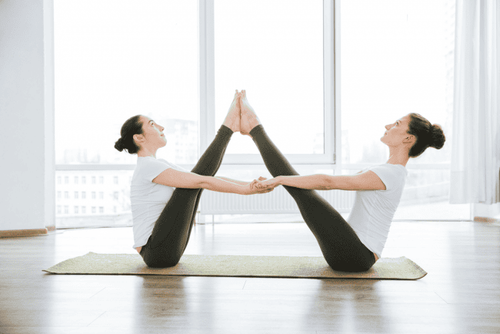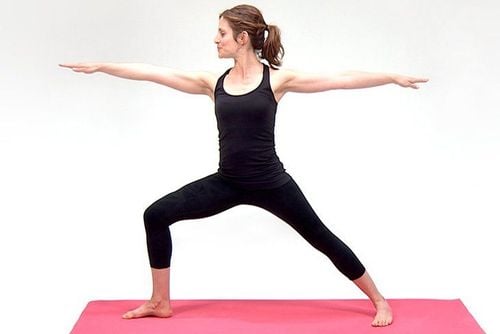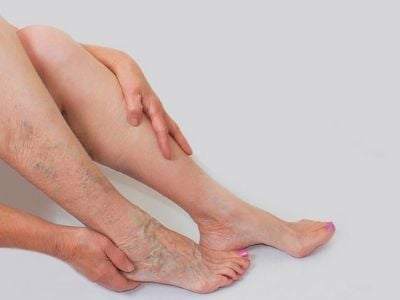This is an automatically translated article.
There are many people who are practicing yoga, even practicing yoga for a long time, but not everyone knows the changes of the body after practicing. Understanding the changes when practicing yoga will help practitioners get better results.
1. What effect does yoga practice, how does it change the body?
Yoga is an ancient Indian practice, consisting of breathing exercises, meditation and postures that promote relaxation and reduce stress and harmonize the mind and body. Yoga is not only an effective way to relax, but it also has many physical and mental health benefits.
Specifically, yoga can increase or decrease fat, develop muscles, strengthen the body's flexibility, thereby bringing a slimmer figure. If flexibility and balance are what the practitioner is after, even the gentlest forms of yoga can do it. Many other types of yoga also help the practitioner build muscle strength and endurance. At the same time, yoga also helps with cardiovascular fitness (provided it is practiced in a heavier form).
SEE ALSO: Simple YOGA movements to help relieve fatigue on New Year's Day
Hatha, Integral and Iyengar yoga are gentle forms of yoga, creating balance and flexibility for the body, bringing strength and relaxation for the practitioner. At the same time, gentle yoga movements also help exercise the heart. Sequences of sun salutations A and B help increase heart rate and build stamina. In a recent study, people who practiced Hatha yoga for 8 weeks had better balance, improved flexibility, increased endurance, and increased strength.
Hatha yoga includes poses that strengthen the chest, abs, and core muscles. Many poses like plank and boat pose strengthen the core muscles. Plank or Chaturanga poses help build strength in muscles throughout the body. Warrior III and half moon pose are great for improving flexibility and balance. To gain even more benefits, the practitioner should hold his pose for 30 seconds.

Tập yoga giúp cơ bắp dẻo dai, cải thiện sức khỏe
And Power, Ashtanga, Vinyasa, Bikram and Hot yoga are more intense forms of yoga that bring more powerful transformations to the body. If the practitioner has the purpose of toning muscles and practicing yoga to lose fat, then Power yoga is the best. At the same time, the practitioner needs to perform a longer sequence of poses and have shorter rest periods, move more, and perform more difficult poses. If the practitioner chooses Bikram or Hot yoga, they will sweat more because the practice space has a higher temperature.
Note: If the goal is to build and strengthen muscles, weightlifting will yield better results. If the goal is yoga to lose weight, good nutrition and a healthy lifestyle are also key. Often people who practice yoga regularly will also make more optimal health choices.
SEE ALSO: Treating depression with yoga: Things to know
2. Measures to maximize the results of yoga practice
To maximize the effectiveness of yoga practice, practitioners should refer to the following suggestions:
Practice more: The more you practice yoga, the more changes you will see in your body. When starting out, work out 3 times a week. After about 1 month, the frequency can be increased to 5 sessions/week or more; Incorporating multiple forms: Each style of yoga has its own unique benefits. Therefore, practitioners should try to change their yoga practice to focus on different areas of the body and avoid being bored; More focus: When practicing yoga, practitioners can eliminate headaches and stress. When the practice of yoga becomes an exercise routine, yoga can be an effective way to manage stress, bring about more positive thinking, and feel more relaxed.

Duy trì thói quen tập yoga hàng ngày sẽ giúp bạn cải thiện cơ thể tốt hơn
Please dial HOTLINE for more information or register for an appointment HERE. Download MyVinmec app to make appointments faster and to manage your bookings easily.
Reference source: webmd.com













